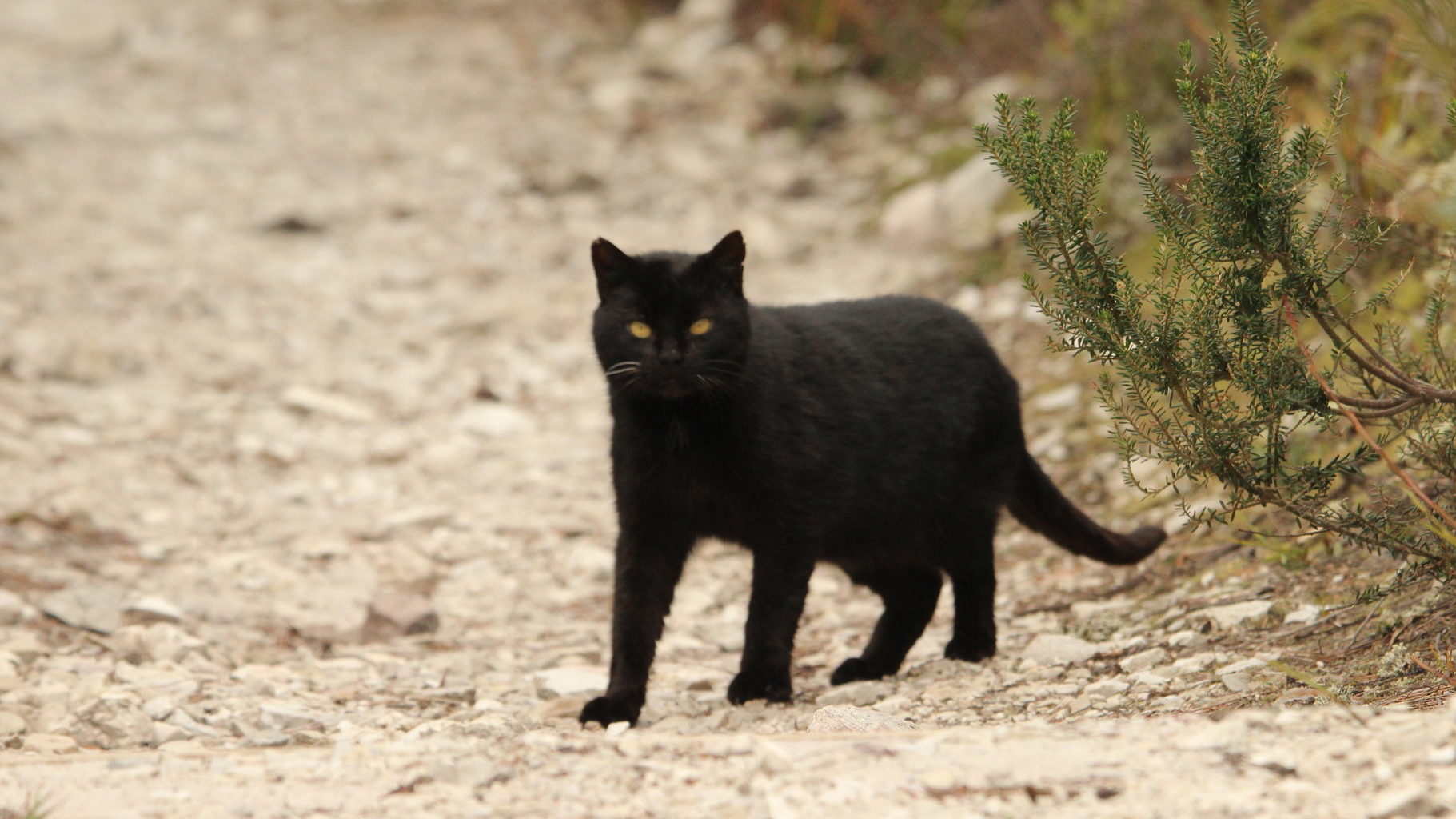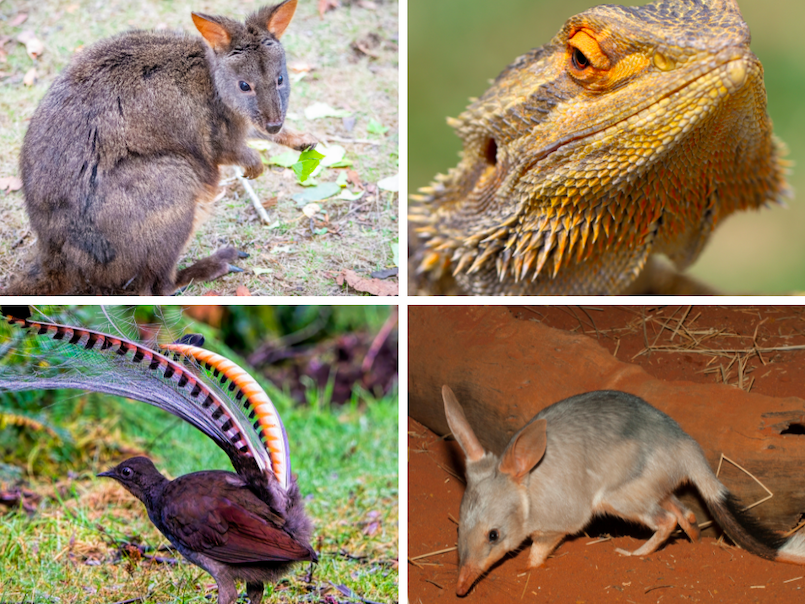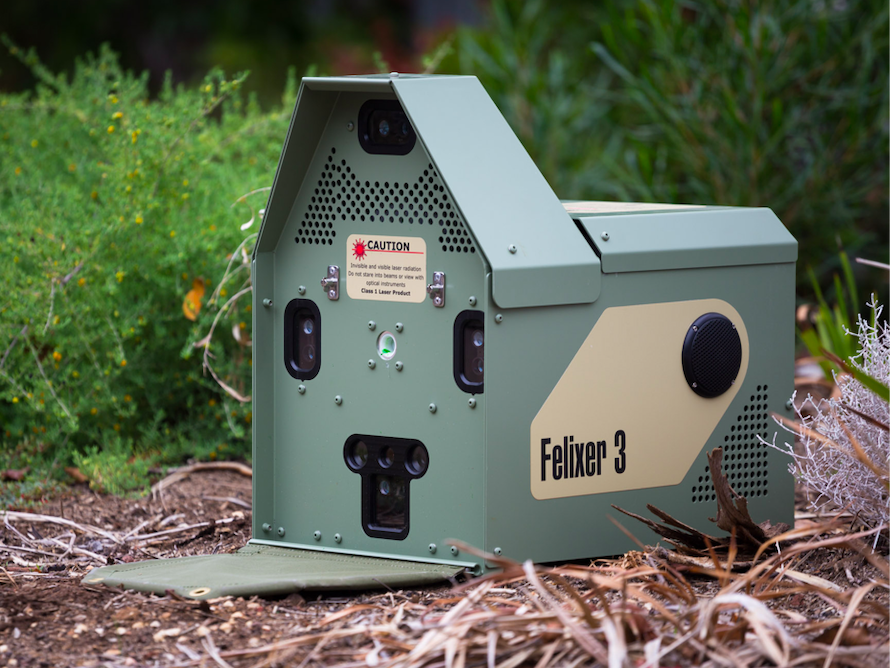Part 3 of our series Cat catastrophe: Why are we behind Australia in managing cats?

Cats are the eighth-most populous species in the world and are found on every continent except Antarctica. But, as invasive species across many of these continents, their popularity comes at a tremendous cost.
Despite Australia’s differences in land size and native fauna, part one of this series looked at the many similarities faced when it comes to cats and protecting native wildlife.
In part two of this series, we looked at how Aussies are putting controls on how domestic cats are managed to protect wildlife.
However, managing cats to protect our taonga has two issues: domestic and feral.
In this third and final part of the series, we look at how our neighbours across the Tasman are tackling the challenge of managing feral cat populations.
What are feral cats?
Feral cats are 100 percent self-reliant and do not depend on humans. They forage for their food, killing and eating the native animals around them. In Australia, feral cats eat about 2 billion reptiles, birds, frogs and mammals each year.
Regulation across three levels of government

The Australian federal government sets the overarching rules and laws about feral cats. Cat control falls into the portfolio of the Department of Climate, Energy, the Environment and Water (DCEEC).
States and territory governments determine the laws on what is permitted in their jurisdiction.
Lastly, local governments make municipally-based decisions on which tools and methodologies they choose when managing their lands.
The DCEEC also has a dedicated Feral Cat Task Force that drives initiatives to tackle feral cats and their impacts. The task force is a national advisory made up of representatives from federal, state and territory governments, researchers and non-government organisations.
The task force was initiated to “provide a forum for all governments and feral cat experts to effectively collaborate on strategies and action for both feral and domestic cats,” according to the federal report, Tackling the feral cat pandemic.
The five key focus areas of the task force are:
- Advising on implementing the ‘Tackling feral cats and their impacts’ targets in the Threatened Species Strategy
- Advising on feral cat management actions which are most likely to be successful at protecting priority species
- Monitoring and reporting on feral cat management activities in their jurisdiction or organisation
- Encouraging partnerships between governments, NGOs, and the community
- Championing innovative feral cat management solutions.
Management challenges
How do you trap and set bait for a reclusive predator that prefers live bait and lives in a low-density population over a huge home range?
With great difficulty.
Australian scientists and pest control managers have spent decades perfecting techniques and developing new technologies to address the unique challenges presented by cats. Ultimately, there’s no silver bullet solution for feral cat management, and control comes down to using a mixture of tools and methods, depending on the terrain and conditions.
- Fencing: fencing is employed in parks and reserves across Australia. The fencing keeps cats out and native species safely inside. While effective, this option is very costly and does not directly address the issue by reducing feral cat population numbers.
- Trapping: favoured by local governments as they can work safely and effectively around human communities for small-scale operations. The two main traps used are cage traps and padded jaw traps. The traps are baited with meat and set by a skilled professional who checks them daily. Feral cats are notoriously hard to trap due to their penchant for alive prey or moving attractants over meat or smells. However, there is ongoing research into the perfect lure bait for feral cats (some with surprising findings – such as discovering that feral cats find feather boas fascinating).
- Shooting and hunting: Cats are small targets; they don’t move in packs and are exceedingly cautious. Because of these challenges, shooting is best employed either for extended periods or during critical periods. A critical period for all native species may be at any time during their life cycle when they’re vulnerable to predation, such as breeding season or moulting season.
Poison baiting is the method most commonly used for feral cat control in Australia. It involves embedding a toxin inside a food that’s appealing for a feral cat to eat, causing the animal to die.
The main baits across the country are Eradicat, Curiosity and Hisstory.

Many of Australia’s native animals also find these types of bait alluring – and will devour them if given the opportunity. However, Curiosity bait is designed to target feral cats and limit risks to non-target species.
The toxin is encased by a small hard pellet and embedded into a sausage. Most native animals nibble or chew their food, so they will come across the pill and reject it. Cats, however, don’t have grinding molars – so when eating, feral cats will swallow chunks of food whole. The pellet will then dissolve during digestion, releasing the toxins.
Toxin control is also being developed in the form of external sprays containing toxins that take advantage of cat grooming behaviours. Cats compulsively groom their fur, so tools like the Felixer Grooming Trap spray passer-by target species with a gel containing toxins to the animal’s fur. The toxins are ingested as the animal cleans itself.
The Australian Government is currently supporting the commercialisation of the Felixer trap.
It’s time to take action on our own shores
So, how effective are these methods to date? First, the good news: these tools are reducing feral cat population numbers. The bad news? Unfortunately, there’s still a lot of room for improvement.
In February 2021, The Australian Parliament conducted an inquiry into the problem of feral and domestic cats and tabled a report. The report stated that current feral cat control methods result in a decline of less than 10 percent of the population.
It’s worth bearing in mind that if New Zealand put a concerted effort into cat control, we may have advantages over the Aussies. Our land mass is smaller, and we only have two levels of government, making governance easier.
And, of course, we have some of the best minds in predator control already working on ways to target predators all over New Zealand. We have companies designing high-tech food lures, rapidly developing AI technology, and the organisational governance and infrastructure already set up to address the issue.
What’s more, we also have a government and country of people that care about our taonga and are empowered to act. We have every reason as a country to go harder than our Aussie neighbours when it comes to cat control. So, what’s stopping us?
Cats are widespread all over the globe for a reason. Humans brought cats into Aotearoa – it’s time we start taking responsibility through action.

